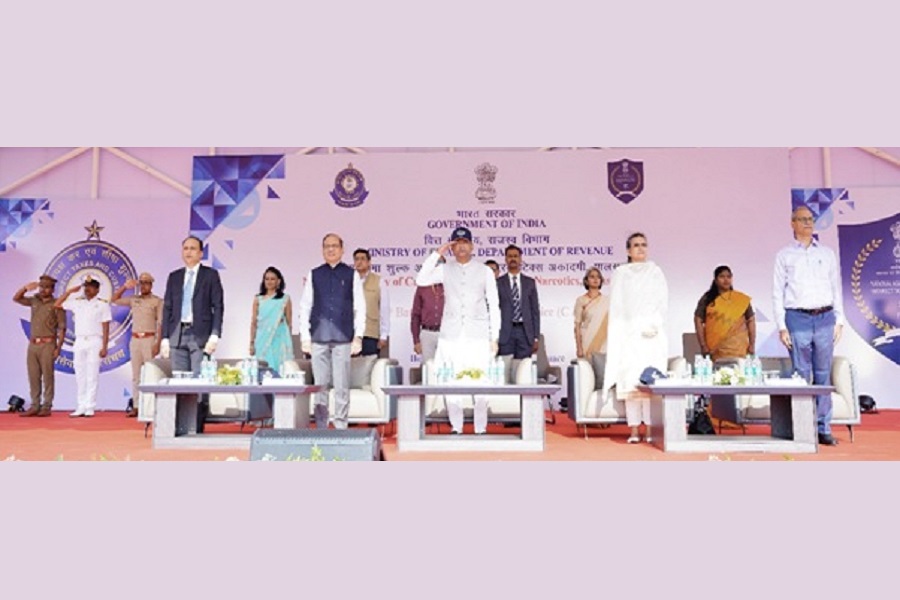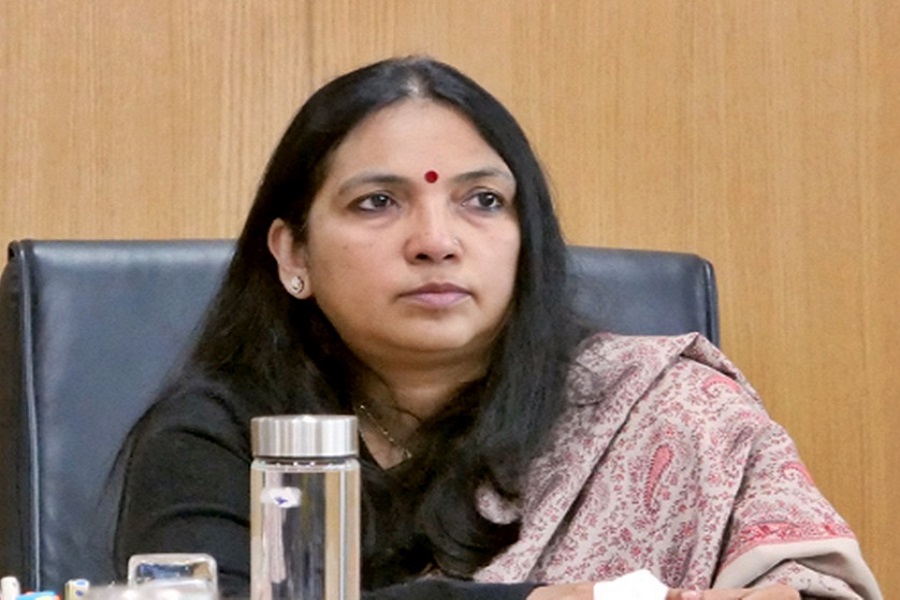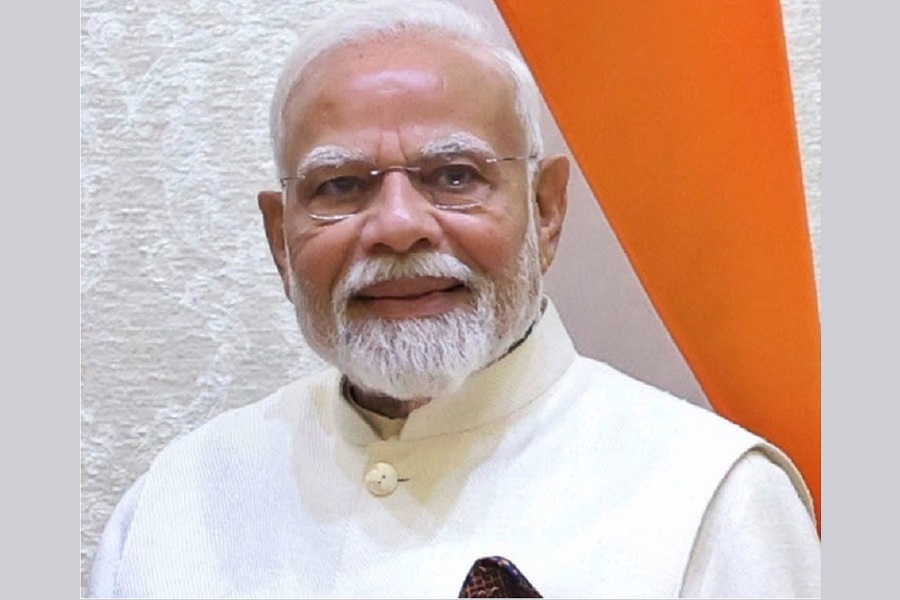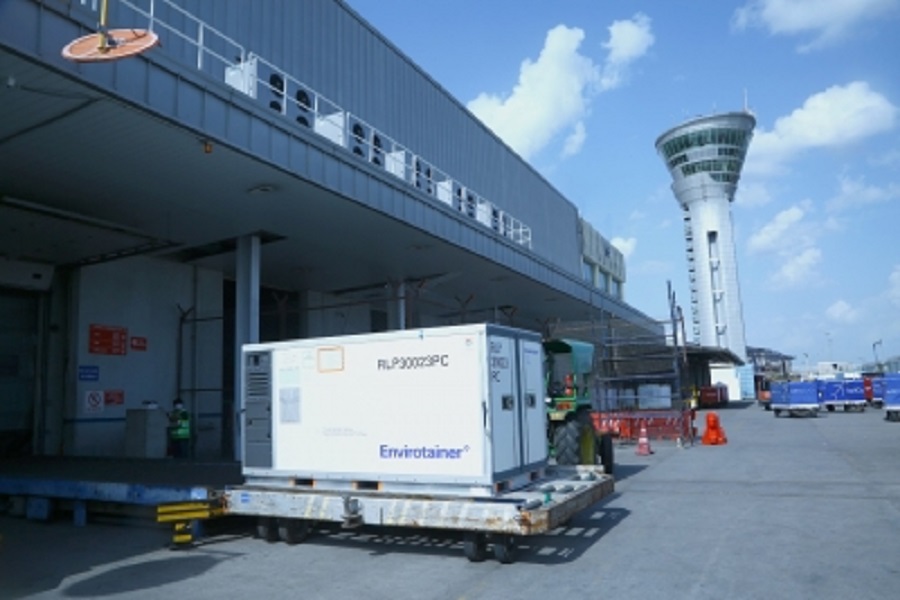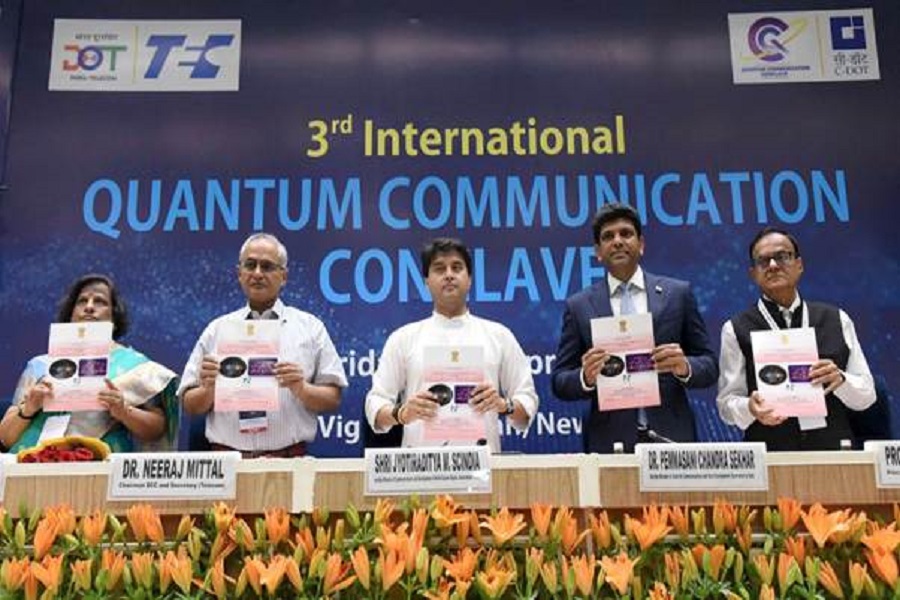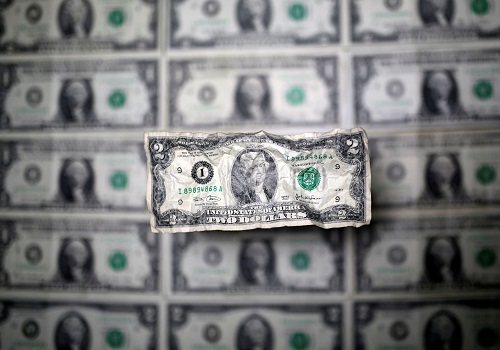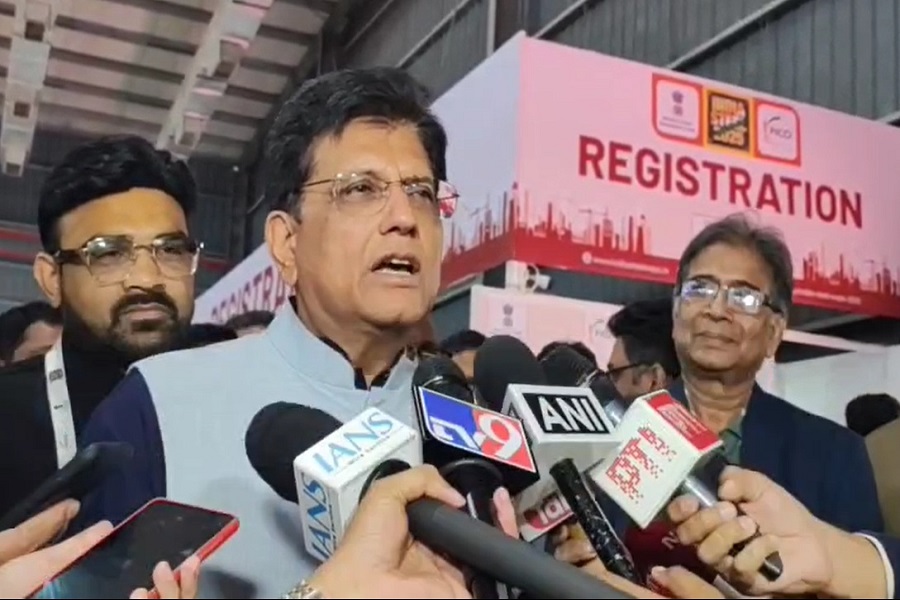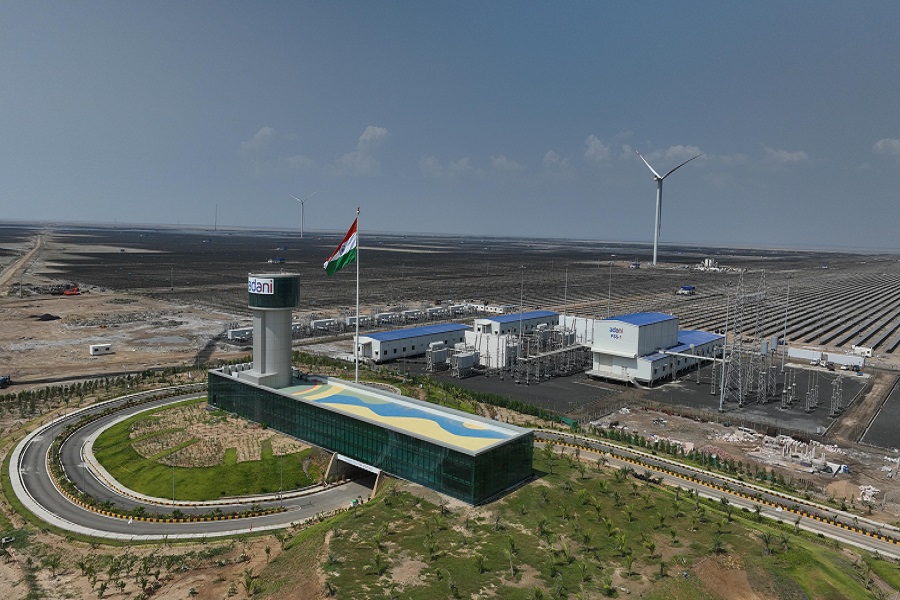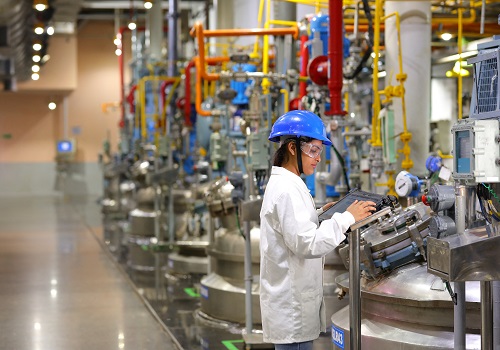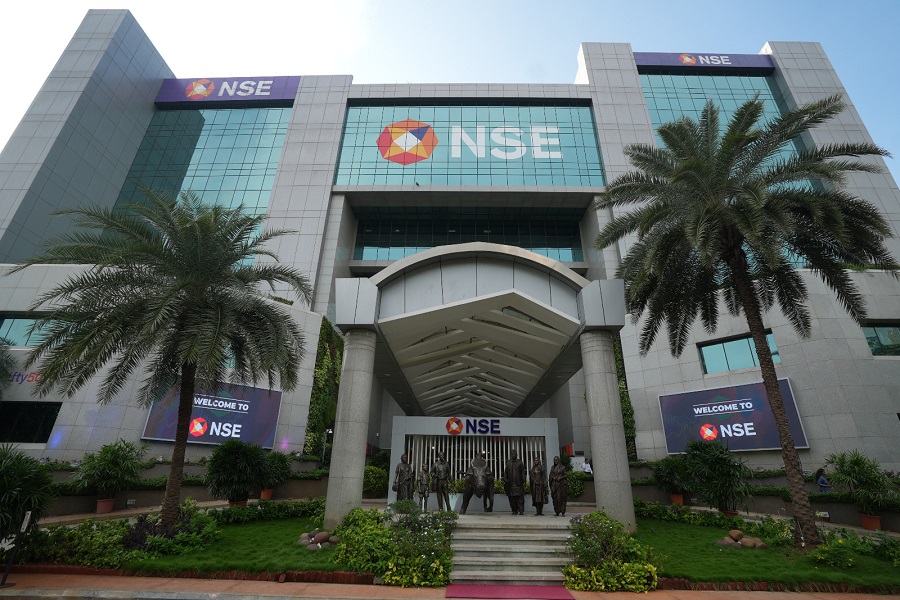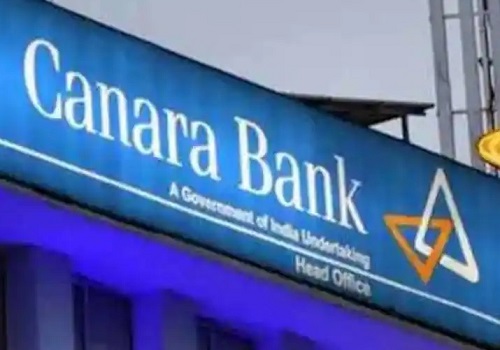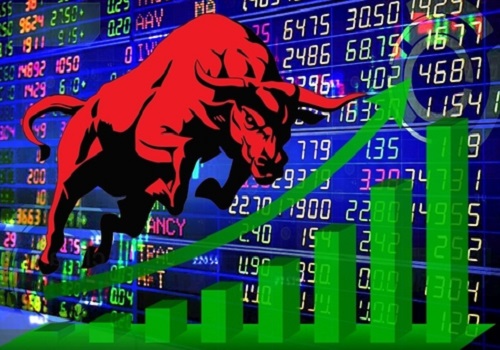HDFC Bank's March-quarter loans grow at slower pace sequentially, deposits rise 7.5%
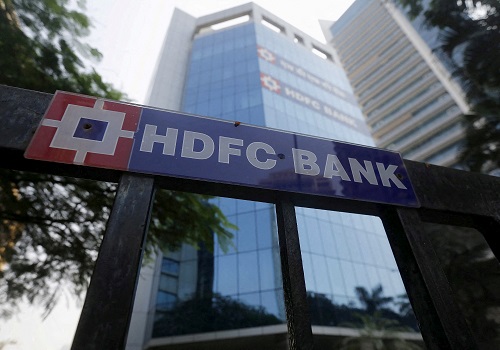
HDFC Bank said on Thursday its gross loans grew 1.6% sequentially in the January-March period, at a rate that was slower than the previous quarter, with the Indian private lender also reducing its loan-to-deposit ratio (LDR).
The company's shares rose as much as 3% to their highest since mid-January before trimming some gains to last trade up 2%.
The Mumbai-based bank merged with its parent Housing Development Finance Corp in July 1, following which it has seen its LDR rise, prompting analysts to say the bank needs to raise deposit growth or slow its loan growth.
LDR is an important metric for banks as it helps assess their liquidity position by gauging whether it has enough deposits on its balance sheet to fund loan growth.
For HDFC Bank, the merger added a large pool of mortgage loans to its portfolio but a much smaller amount of deposits since before the merger the parent was a housing finance company and did not have large customer deposits.
HDFC Bank's gross loans rose sequentially in the March quarter to 25.08 trillion rupees ($300.61 billion), according to an exchange disclosure.
Domestic retail loans rose about 3.7% sequentially, while its corporate and wholesale loans, excluding non-individual loans of the company before the merger, fell 2.2% sequentially.
Deposits rose 7.5% to 23.8 trillion rupees sequentially.
HDFC Bank's strong deposit growth and a pullback in loan growth has helped reduce LDR by 600 basis points on quarter to 105%, Jefferies said.
Even though LDR still remains high, the downward direction is encouraging, the brokerage added.
HDFC Bank's gross loans had risen 4.9% sequentially in the October-December quarter, while deposits had grown by 1.9% during the same period.
Aggregate low-cost current account savings account (CASA) deposits rose 8.8% sequentially to about 9.09 trillion rupees in the March quarter.
The bank's shares have fallen about 10% since third-quarter earnings on Jan. 16.
($1 = 83.4300 Indian rupees)
